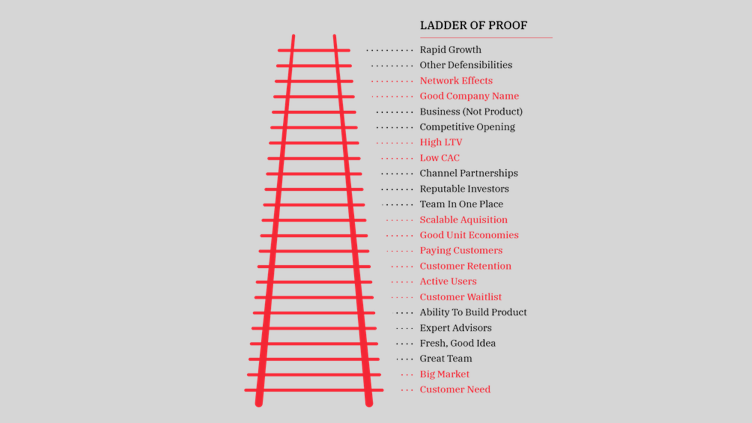Focus! That’s the hardest part.
But focus on what? And why?
The answer is found in investment milestones. We work with founders to help them hit their milestones by applying focus to the important metrics, the drivers of those metrics and the blockers preventing the milestones being hit.
Increased company value is possible only when milestones are met. Too many promises and too little delivery creates anxiety for all involved (team and investors alike) and results in down rounds.
Here’s a simple approach to milestone planning we use with clients.
Step 1: Where do we need to get to, by when and (crucially) why?
Focus on goals that make the business viable financially and easily understandable to outsiders.
The classic strategy triumvirate is: Where are we now? Where do we want to get to? How will we get there?
The first question should be an audit of the second question.
Know where you are in respect to where you want to get to and why that’s critical to your specific business.
The third question is flexible – this is where competing options, assumptions and tests emerge.
So don’t worry about How for now. Instead focus on what growth looks like and why it should look like that. The ‘why’ is based on your business model.
For example, a two sided marketplace will have specific acquisition and usage goals based on the dynamics of marketplace business models. A service business may only need a few high paying clients to be profitable.
There are inflection points as any business grows, so map these out too. Make each goal simple and obvious for all involved so they reflect your business model.
Focusing on business models, and existing paradigms, increases alignment across the organisation while avoiding ‘cult of founder’ behaviour and goals that are flights of fantasy.
Step 2: Understand the milestones that will get you there
Once you understand the goals suitable to your business model, explore each milestone that needs to be hit to achieve these goals. Use the investment Ladder of Proof, usefully created by VC firm NFX and explained in this post.
The ladder shows the milestones that deliver the proof of their market value to partners and investors. Each milestone provides evidence that your solution solves your identified market problem successfully and potentially profitably.
The red ‘metrics’ are closely related to, or driven by, customers. It’s powerful when you see them all because approximately 50% (12 out of 23) are customer related metrics. This fact alone should provide focus.
Step 3: Agree the ‘drivers’ and ‘blockers’ for each milestone.
Each milestone metric captures the result of a huge range of activities. For example ‘Scalable acquisition’ measures the results of processes designed to reliably deliver sales growth. To create these you need market insights, a positioning, message testing and a systemised management of all paid, owned and earned media, among other activity,
So each milestone has Drivers (the activity to deliver the results) and Blockers (the barriers stopping successful delivery – often your team’s skills, working practices and capacity).
Take each Milestone and answer these questions:
- Assumptions: What assumptions are we making about this milestone, and how can we test them?
- Blockers: What’s in our way? Blockers can be people, trends, skills, missing insight?
- Drivers: Who do we need to become to achieve the milestone? What skills & working practices do we need?
- Progress: What actions have we already taken and how are we tracking their progress in removing blockers and affecting the drivers?
This 3 step approach to milestone planning helps create a team aligned on the important things.
Once you’ve mapped your Milestones, Blockers and Drivers you can efficiently report on your progress to investors. And you know how to organise your team’s OKRs and appraisals. You’ll also have a dashboard to refer to for every planning meeting.
In short, aligning your actions to deliver on investment Milestones is a brilliant trick to focus minds.

